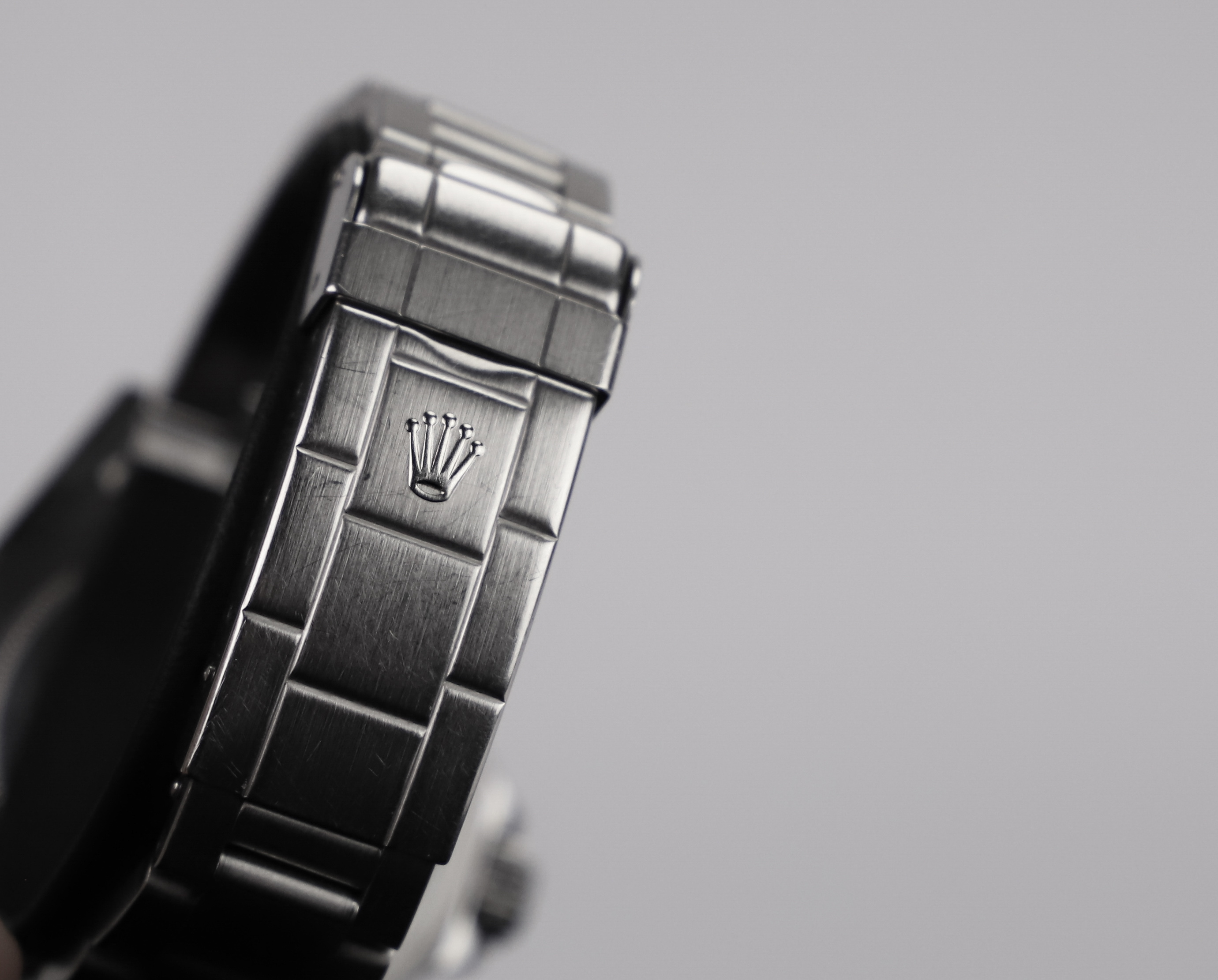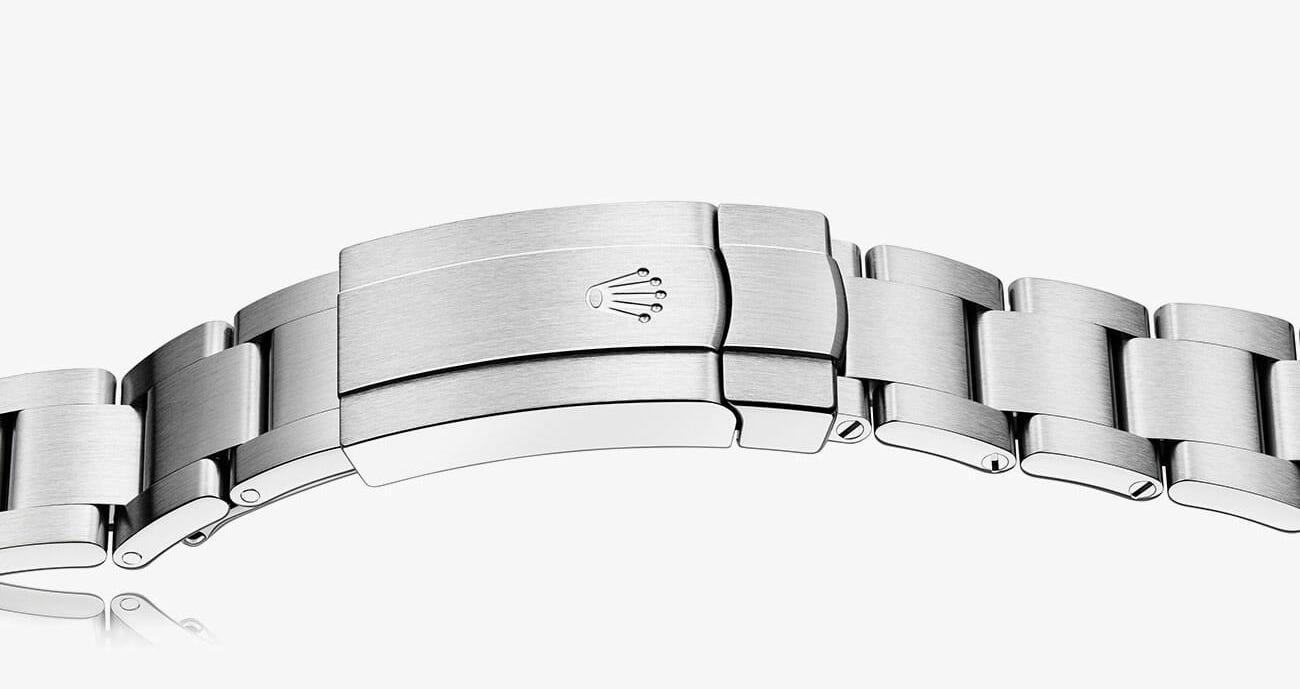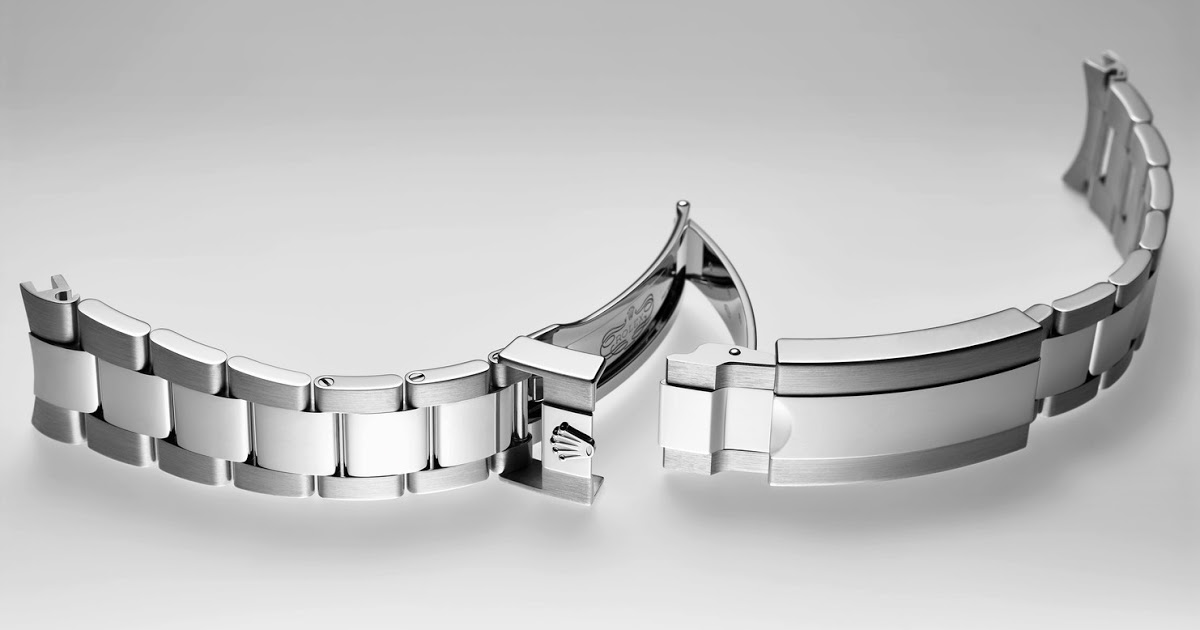
Complete Guide to Rolex Bracelet Clasps
The clasp of a Rolex bracelet is a crucial part of the watch’s design. Just as important as it is for comfort, it is equally important for durability and reliability. A bracelet clasp should be functional, comfortable, and look good at the same time.
Over the years, Rolex has used a number of different clasps for its bracelets. The clasps have been refined, improved, and upgraded, but at their core, they are very much similar to the predecessors, just like with Rolex’s watches.
Rolex currently has several different clasps that are used for its bracelets. Different clasps have different functionality and purpose, and therefore, they are used in different collections. It can be difficult to define exactly how many different clasps Rolex has because it really depends on how you count. For example, new, upgraded versions may have been released, but the clasp has retained its original name. With that said, there can be numerous different clasps under the same name.
Background and history of Rolex clasps
Just like Rolex’s bracelets, the Rolex bracelets have changed a lot over the decades. If you compare modern Rolex clasps with Rolex clasps from a few decades ago, the difference is very obvious. The clasps of the vintage Rolex watches are less robust and more flimsy. They do not give the impression of full reliability, and the metal is generally made quite thin, which means it does not feel as solid and robust as the claps of today. And frankly, they aren’t. That is what Rolex is best at – evolution, not revolution.

Note that the additional functions that the clasps feature may or may not be exclusive for that particular clasp, which means one clasp may exist in different configurations.
”BRACELETS AND CLASPS PLAY A FULL PART IN THE UNIQUE PLEASURE OF WEARING A ROLEX WATCH.”
Rolex clasps
Oyster Clasp
The Oyster clasp is the standard clasp of the Oyster bracelet. Since this clasp is used for Rolex’s less sporty watches, such as the Datejust, they have no real need for a safety lock mechanism that locks the clasp into place.
What is interesting is that, as the name suggests, you would think that this clasp is only used on Oyster bracelets. However, that is not the case. Rolex has also started using the Oyster clasp on its Jubilee bracelets, likely because Rolex has found it functional and beautiful.

Oysterlock safety clasp
The Oysterlock clasp is developed and used especially for Professional watches. The Oysterlock clasp has a locking mechanism that locks the bracelet into place when the clasp is closed. This prevents accidental opening and is crucial for a sports watch in particular.

Hidden clasp
The hidden clasp, also known as a Rolex crown clasp or Rolex concealed clasp, is meant to be Rolex’s most elegant clasp. By removing the visible clasp, Rolex has made these bracelets more seamless, elegant, and refined.

The crown clasp name comes from the fact that instead of a clasp, they have a small Rolex coronet logo placed there instead. This is used to open and close the bracelet.
The President bracelet always has a hidden clasp. Rolex also used to use the Crown Clasp extensively for its Datejust models but has since moved on to a different clasp. Note that the hidden clasp is only available on the President bracelet and the Jubilee bracelet.
Glidelock clasp
The Glidelock clasp is interesting because technically, the Glidelock clasp is an Oyster clasp that also features the Oysterlock mechanism. But in its marketing, Rolex still calls it the Glidelock clasp, so that’s why we will go with.
The Glidelock clasp is only used for Rolex’s dive watches, which include the Submariner, DeepSea Sea-Dweller, and Sea-Dweller.
The Glidelock clasp is much longer than most other Rolex clasps, but there is a good reason for this, which is to make room for the Glidelock mechanism inside the clasp.

The Glidelock clasp is made for diving, and more specifically, to be able to adjust the bracelet to fit it on the outside of a swimsuit. This clasp allows you to adjust the size of the bracelet by about 20 mm in 2 mm increments.
Buckle
A buckle is used for some of Rolex’s leather straps. Whilst leather straps have become less common for Rolex in recent decades, the company still makes watches on a leather strap, primarily the Cellini range.

The buckle of Rolex’s leather strap is quite straightforward. It has a crown on the buckle and is locked via a pin. The Rolex buckles of today are exclusively made of precious metal.
Pearlmaster clasp
The Pearlmaster clasp is exclusively made for the Pearlmaster range. The Pearlmaster clasp is almost a concealed crown clasp as it is very discreet, but its clasp is slightly visible and not completely concealed. Its design just blends in with the rest of the bracelet.

The Pearlmaster is Rolex’s most glamorous range of watches. As such, the Pearlmaster clasp always has a polished finish.





Hello, I have a question please. My 14060m was first sold in aug. 2012 and has a 3 digit clasp code of FZ1 Is this a very late production, most all I’ve ever seen were 2 digits on 2011 Submariners
Hello Louis,
It is difficult to give a definite answer without the details, but what we can say is that it is not uncomommon or unlikely that the bracelet has been replaced.
Kind regards,
Millenary Watches
Good day. I have a 124060 submariner with a standard glidelock clasp. Despite being an excellent piece I feel it is quite big, as I have rather small wrists, and miss the more discrete feeling of the standard oyster clasps found on non-professional models. Do you know if Rolex makes a “standard” brushed oyster clasp that fits the new 17mm submariner bracelet?
Thank you very much.
Hi,
The new bracelet is 21mm in diameter.They do not have any other clasps for this model as of now.
Kind regards,
Millenary Watches
Have Rolex submariner clasps always had the crown logo on them? Especially the 2018 and 2019 models?
Hi,
If you mean the Rolex crown logo on the clasp (locking buckle) then yes. Not always but if you’re talking about 2018 and 2019 models, then absolutely.
Kind regards,
Millenary Watches